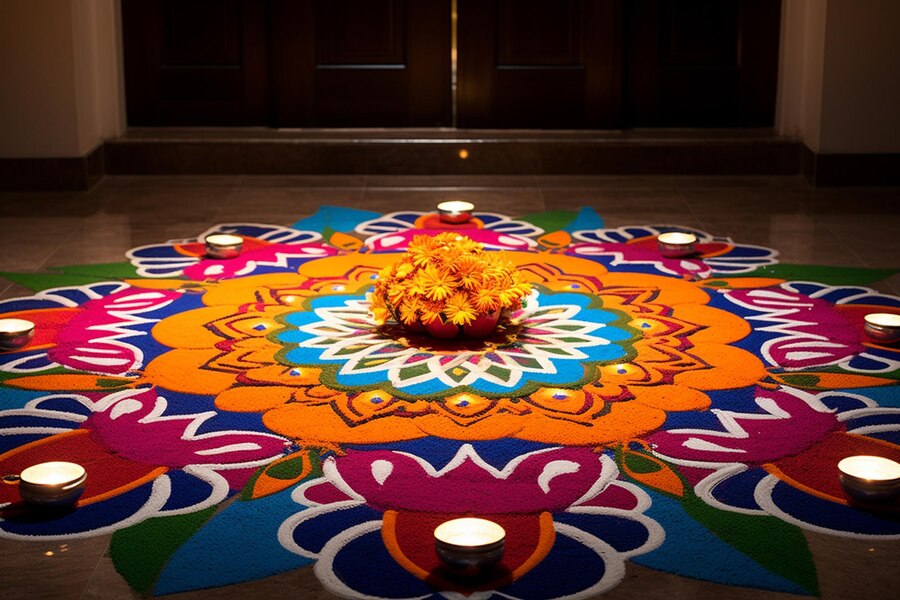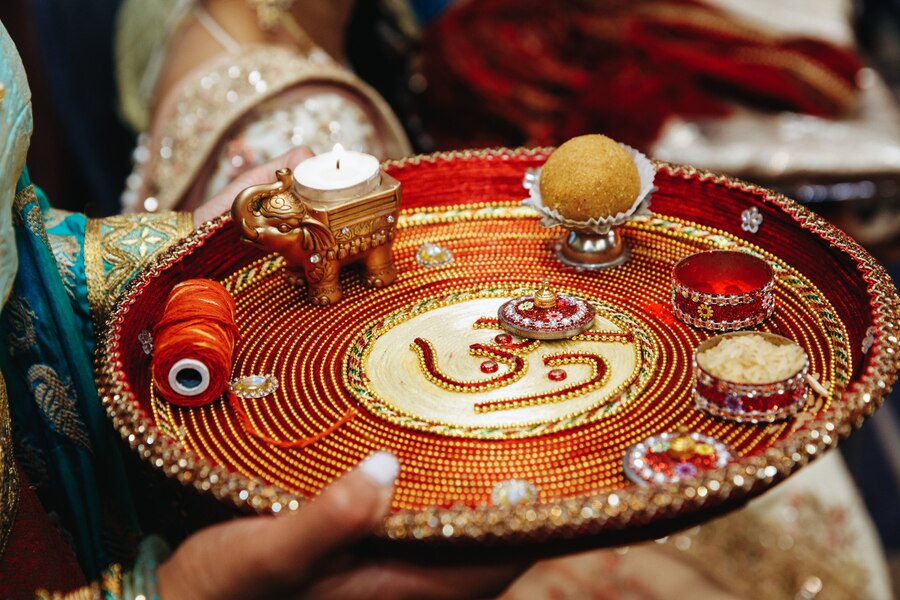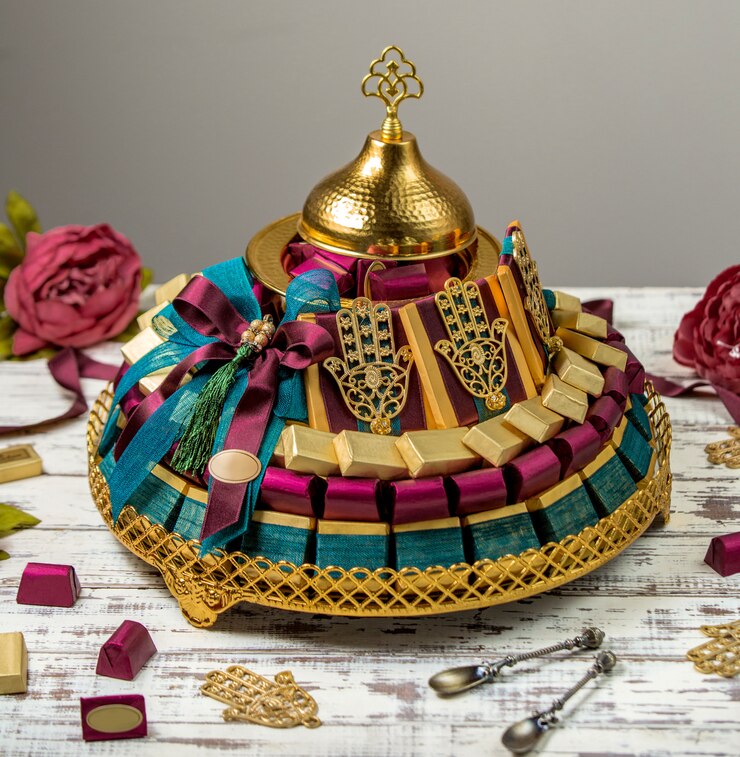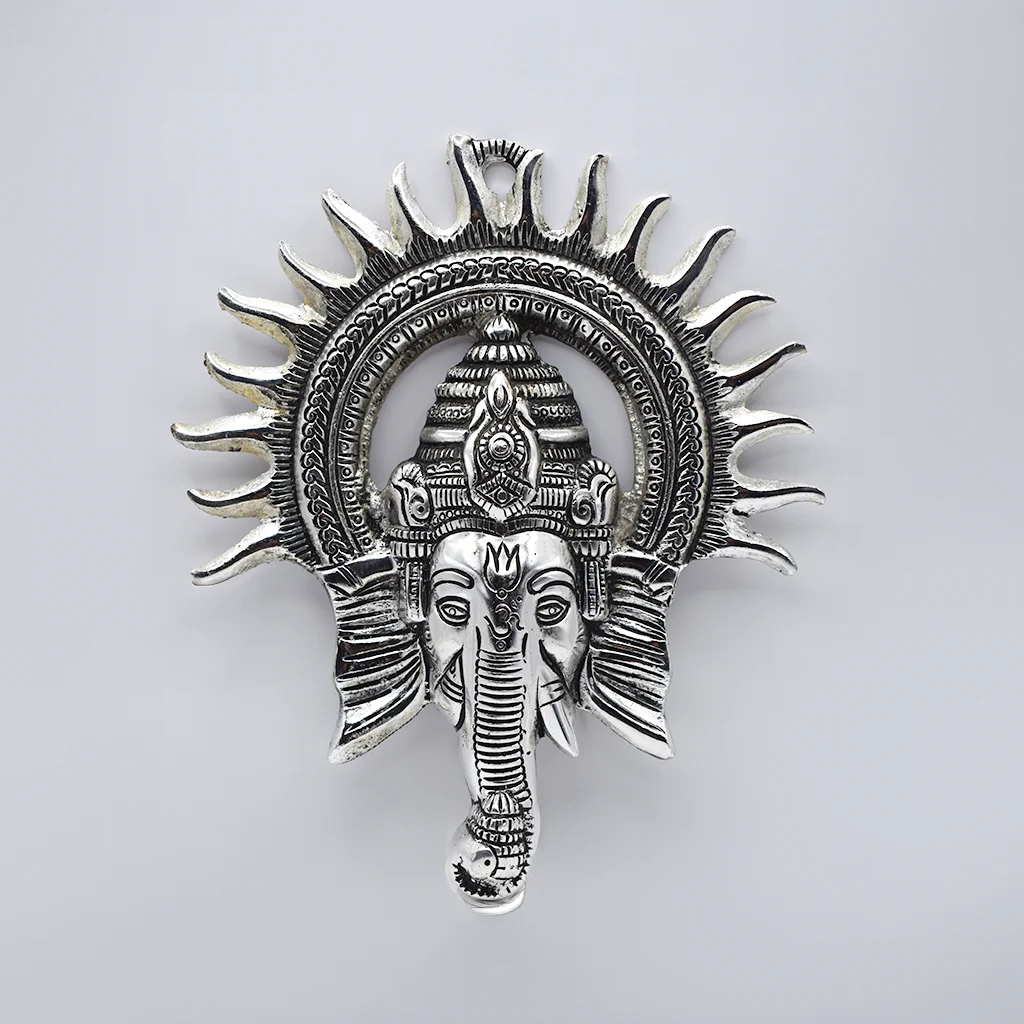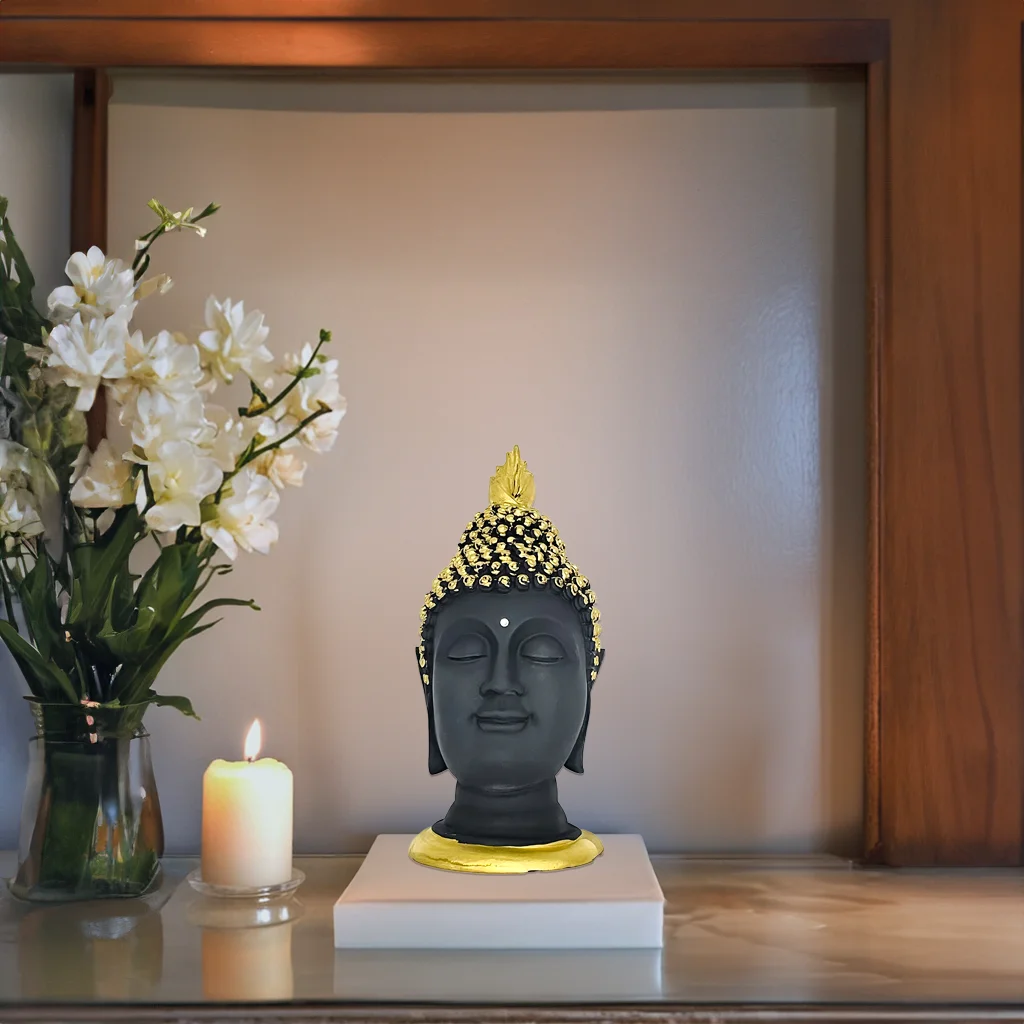India, a land steeped in tradition and cultural heritage, boasts a vibrant pottery legacy that stretches back millennia. From utilitarian cookware to exquisite decorative pieces, Indian pottery reflects the regional influences, artistic sensibilities, and the ingenuity of its craftspeople Indian Pottery.
A Glimpse into the Past: The Enduring Legacy of Indian Pottery
Based on archeological findings, it appears that India has been producing pottery from 7000 BC. A prosperous civilization between 3300 and 1300 BC, the Indus Valley Civilization produced some of the most amazing specimens of early Indian pottery, such as black-and-red and red clay with elaborate designs. These discoveries provide important new light on the cultural behaviors and aesthetic preferences of these ancient craftspeople in addition to demonstrating their technical mastery.
The Enchanting Diversity of Indian Pottery
1. Terracotta Wonders: The Allure of Unglazed Pottery
Terracotta is the material of choice for pottery makers all over India. This inexpensive, naturally beautiful, and long-lasting reddish-brown earthenware is fired at relatively moderate temperatures.
2. A Splash of Color: Glazed Pottery Traditions
While terracotta enjoys widespread popularity, glazed pottery adds another dimension of visual intrigue to Indian ceramics. Glaze, a vitreous coating applied to the pottery before firing, creates a smooth, often shiny surface and allows for vibrant colors and intricate designs.
Tanjore Paintings on Pottery (Tamil Nadu): Tanjore, renowned for its exquisite bronze sculptures, also boasts a fascinating pottery tradition. Here, skilled artisans meticulously paint intricate figures and mythological scenes inspired by classical South Indian art onto glazed pottery pieces.
3. Shaping the Earth: The Process Behind Indian Pottery
The creation of Indian pottery is a captivating dance between human skill and the transformative power of fire. Here’s a glimpse into the traditional process:
- Clay Selection: The potter meticulously selects the right kind of clay, ensuring its consistency and freedom from impurities.
- Wedging: The clay is kneaded thoroughly to remove air pockets and achieve a smooth, workable texture.
- Shaping: Using a potter’s wheel or by hand-building techniques, the potter shapes the clay into the desired form. This stage requires a keen eye, strong hands, and a deep understanding of the material.
- Decoration: Depending on the style, the potter may embellish the piece with intricate designs, carvings, or paintings.
- Drying: The shaped pottery is carefully dried to remove excess moisture and ensure it retains its form during firing.
- Firing: The pottery is placed in a kiln and subjected to intense heat, transforming the clay into a strong and durable object.
















